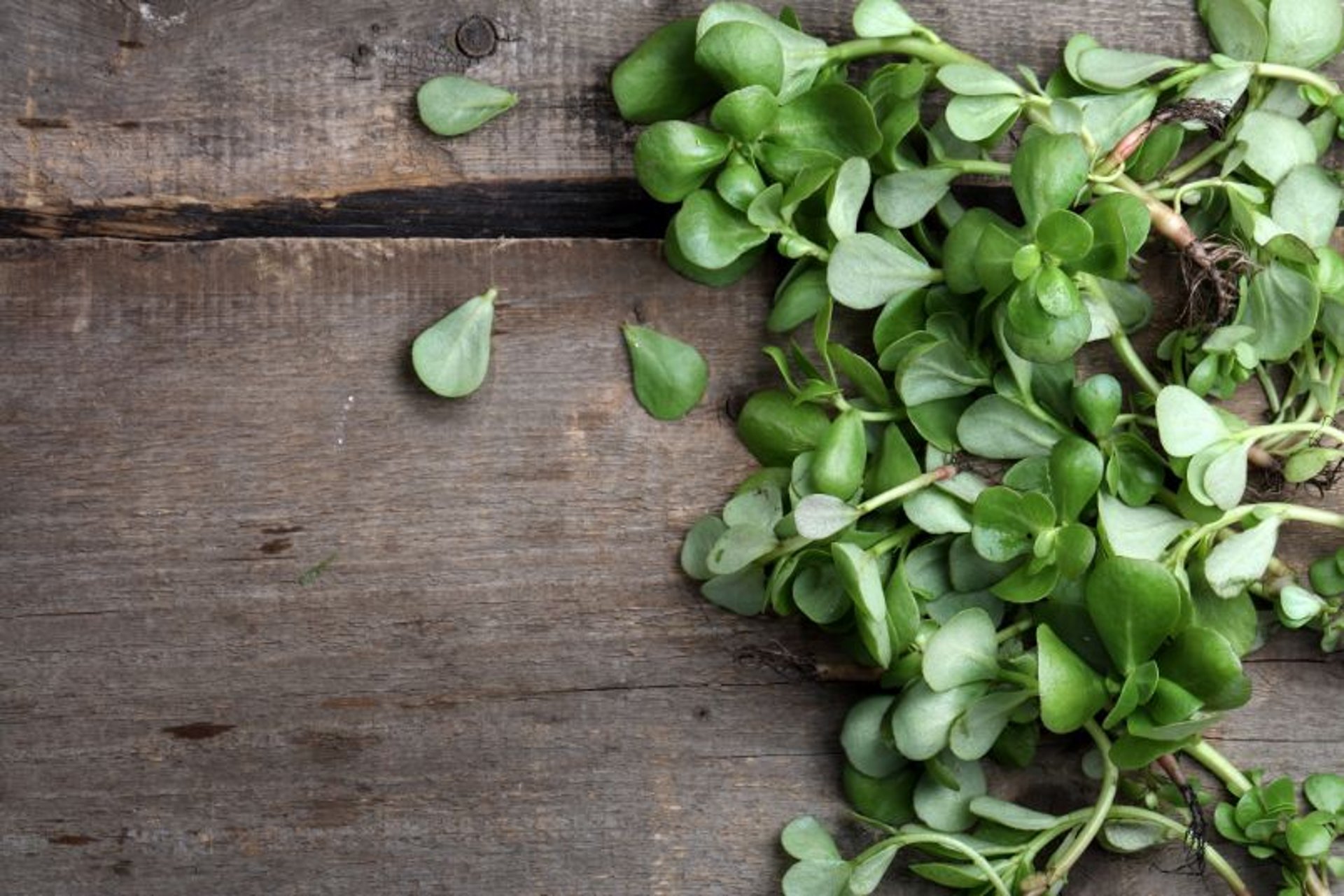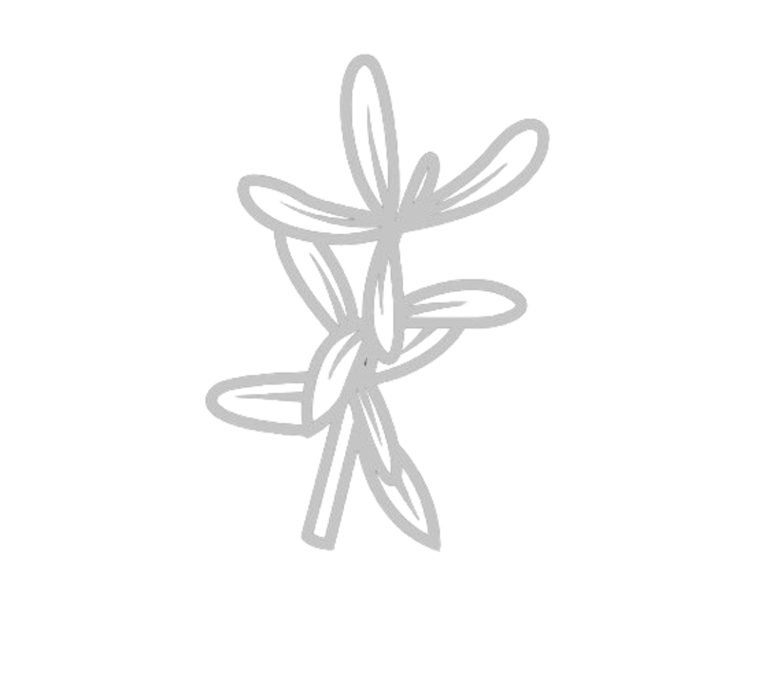When you come across a plant that is so outstanding like purslane, it makes you wonder how on earth it has been overlooked.
Purslane ( portulaca oleracea) is one such plant.
It is a warm-climate, herbaceous succulent annual plant with a worldwide distribution belonging to the Portulacaceae family and grows easily and prolifically. The name portulaca comes from the Latin portula, meaning “little gate,” for the top of the seed capsule that opens like a gate .
The use of this plant as a vegetable, herb, spice and medicinal plant has been known since the times of the ancient Egyptians and was popular in England during the Middle Ages.
It is eaten as a vegetable and herb and is added to both fresh and prepared food dishes. Eaten as food and used as a dietary supplement, Purslane provides a source of great nutritional benefits owing to its rich omega-3 fatty acids and antioxidant properties.
Purslane has been used as a folk medicine for its medicinal properties for at least 2000 years but it was probably used as a vegetable and cultivated long before that.
Purslane was known in ancient Egypt and is mentioned in Greek manuscripts as early as 600 BC.
Chinese folklore described it as “vegetable for long life” and it has been used for thousands of years in traditional Chinese Medicine
It was used as a remedy for sore eyes, dermatitis and wound healing , inflammation, headache, abdominal pain, dysentery and intestinal worms, diarrhea , toothaches, resolving toxins, blood cooling and more.
It is listed by the World Health Organization as one of the most used medicinal plants and it has been given the term “Global Panacea”.
Since the times of the Roman Empire, Purslane has been revered and respected – not only as a medicinal herb, but equally treasured for its magical properties as well!
During the Roman Empire, Gaius Plinius Secundus, (called Pliny the Elder), who was a Roman author, a naturalist and natural philosopher, recommended around 50 AD, that people should wear amulets containing purslane to keep evil and sickness at bay.
In ancient times it was looked upon as one of the anti-magic herbs. One commonly reported use was to have purslane plants strewn around a bed. This was said to afford protection against evil spirits.
Similarly, when placed on a child’s bed, it would keep away the evil spirits as the child slept.
It was also used to cure “blastings by lightening or planets and burning of gunpowder,” so a sprig or two of purslane tucked into your clothing could thwart off the unfortunate events of getting hit by lightening, meteors and presumably cannon balls and gun shots!
It has a symbolic meaning of marriage and the bonding of opposites. An old German herbal book by Axtelmeier from 1715, reads: “Even though purslane is cold and moist, it is a real summer plant and does not like the cold. There is a saying that in marriage it is always good when two different temperaments join together. The good Lord alone knows what is best and for that reason sometimes two very different personalities join together in marriage”
Accordingly, purslane is a good symbol of marriage and perhaps even offers to strengthen these unions. Purslane has the planetary affiliation of the moon.
Nicholas Culpeper, was an English botanist, herbalist, physician and astrologer. His book, “The Complete Herbal”, is a store of pharmaceutical and herbal knowledge. He put Purslane under the rule of the moon because of its “ cooling properties- countering the damaging hot and negative aspect of Mars.” He prescribed drinking purslane juice for a dry cough and applying it topically for fever and skin inflammations.
‘In their book “Herb Craft”, authors Lavender and Franklin, claim purslane is supposed to “work on the psychic senses and when taken regularly will help develop clairvoyant faculties”. Also, when made into a tea,” the infusion may be used to clear the third eye and to wash the crystal ball or scrying mirror”. Mirror gazing, or scrying, is an ancient art for making contact with the dead, opening the gates to the angelic realm, seeing into the future and past, and seeing distant locations.
So not only can we rely on Purslane to provide nourishment to us as one of the most nutritional plants on our planet, it may also be one of our most magical too.
Usually the powerful healers of nature are proclaimed as rarities that are hard to find, revered and sold at high cost. But in the case of this powerhouse of a ‘little weed’ it’s a humble and readily available plant.
Incorporating fresh or dried purslane or purslane extract can provide additional nutrients into your diet that will benefit your skin and body.
And, you never know – it may be in your best interest to wear some purslane daily or wear a purslane amulet or charm to keep all those evil spirits and sickness at bay. It may also protect you from lightening and meteors, help develop your clairvoyant talents and as our Goddess the Moon governs it, may be a passageway to your hidden mysteries, including ancestral memory and past lives.







